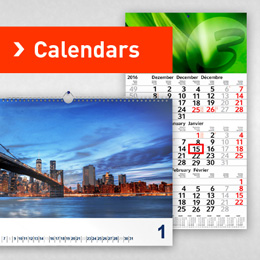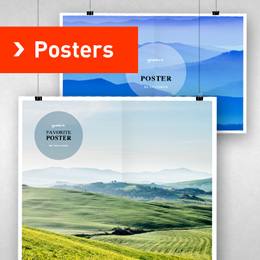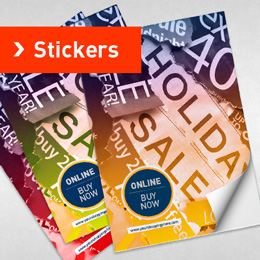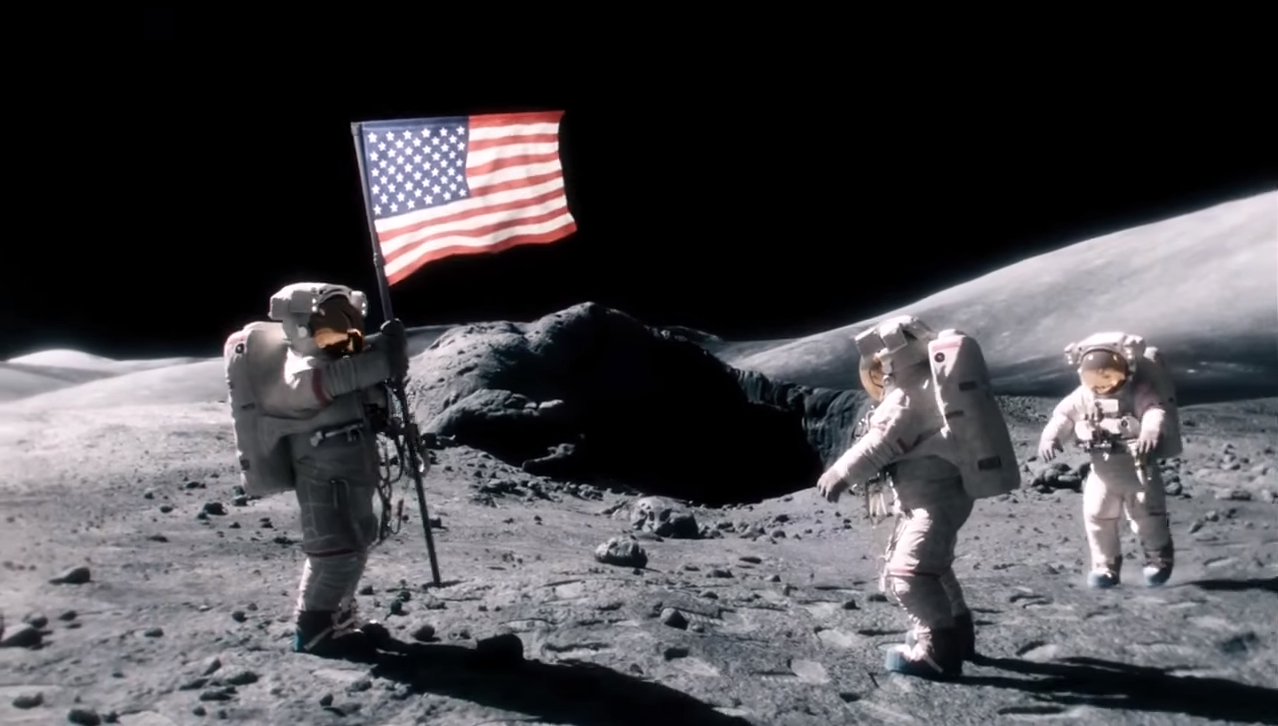Austria
Belgium
Canada
Czech Republic
Denmark
Finland
France
Germany
Great Britain
Greece
Hungary
Ireland
Italy
Luxembourg
Netherlands
Norway
Poland
Portugal
Slovakia
Slovenia
Spain
Sweden
Switzerland
USA
Printing products
- Ad inserts
- Address labels
- Appointment cards
- Birthday cards
- Booklets
- Bookmarks
- Books
- Bottle labels (sticky/stick-on)
- Brochures/Magazines
- Business cards
- Calendars
- CD/DVD products
- Christening cards
- Christmas cards
- Christmas postcards
- Clipboards
- Compliment slips
- Contactless cards
- Desk pads
- Dissertations
- Dividers (separator sheets)
- Doctoral theses
- Document folders
- Door hangers
- Drawing folders
- Election Posters
- Envelopes
- Flyers/Folded flyers
- Folded cards
- Folders
- Gift tags
- Gift wrapping papers
- Greeting Cards
- Invitations
- Job Application Folders
- Labels
- Letterheads
- Lever arch files
- Loyalty cards
- Magazine files
- Magnetic stripe cards
- Membership cards
- Memo pads
- NCR papers
- Neon posters
- Neon stickers
- Note pads
- Notebooks
- Packing tapes
- Pamphlets
- Plastic cards
- Plastic Sleeves
- Postcards
- Posters
- Printing Sheets
- Ring binders
- Ring folders
- Sales Folders
- Seminar folders
- Slipcases
- Smart cards
- Stamps
- Stickers
- Sticky note sets
- Sticky notes
- Student magazines
- Sympathy Cards
- Tablet hardcovers
- Tickets
- Wedding Cards
- Wedding magazines
- Writing cases
- More products?
Photo products
- Photo books
- Photo buttons
- Photo calendar
- Photo canvas
- Photo collages
- Photo colouring books
- Photo cups
- Photo door plaques
- Photo greeting cards
- Photo mouse pads
- Photo paint calendars
- Photo posters
- Photo prints
- Photo puzzles
- Photo smartphone cases
- Photo stickers
- Photo tablet cases
- Photo wall murals
- Photo wall pictures
- Photomatch
- More products?
- Created online with
Textile products
- Aprons
- Bags
- Baseball caps
- Bathrobes
- Beanies
- Blouses
- Chef jackets
- Gilets
- Gym bags
- Hoodies
- Jackets
- Jerseys
- Long sleeves
- Polo shirts
- Running T-shirts
- Shirts
- Sport shorts/trousers
- Sport socks
- Sweatshirts/Sweaters
- T-shirts
- T-shirts for babies
- T-shirts for kids
- Towels
- Work jackets
- Work trousers
- Zip up hoodies
- More products?
Packaging
Advertising equipment
- (Chair) Covers
- A-boards
- Accessories
- Advertising column
- Backlit films
- Banner frames
- Beachflags
- Business signs
- Canvas prints
- Counters
- Door signs
- Event signs
- Fabric Banners
- Flags
- Floor stickers
- Frames
- L-/X-banners
- Light boxes
- Magnetic sheets
- Magnets
- Pavement Signs
- Pop-up stands
- Pop-up towers
- Rigid banners with stand
- Roller Banners
- Self adhesive film
- Showroom plates
- Signboards
- Signs with suction cups
- Tarpaulins/Banners
- Tension fabric frames
- More products?
Large-format
Catering supplies
- Aprons
- Bathrobes
- Bottle tags
- Chef jackets
- Coasters
- Cutlery bags
- Drip catchers
- Menus
- Mugs
- Napkins
- Order Pads
- Place cards
- Place mats
- Tent cards
- More products?
Promo products
- Advent calendars
- Bag clips
- Ballpoint pens
- Bottle openers
- Chocolate
- Cinnamon star biscuits
- Deck chairs
- Dextrose candy
- Drink cans
- Floor mats
- Folding rulers
- Fruit drops
- Gingerbread
- Ice scrapers
- Keyrings
- Lanyards
- Letter openers
- Lollipops
- Match sticks
- Mugs
- Paperclips
- Parking discs
- Pencils
- Rulers
- Stress balls
- Tape measures
- Trolley coins
- Umbrellas
- USB sticks
- Wine gums
- Wristbands
- More products?
Office supplies
- Ballpoint pens
- Business card cases
- Business card holders
- Crayons
- Envelopes
- Erasers
- Fineliners
- Glue sticks
- Highlighters
- Hole punches
- Ink cartridges
- Note pads
- Note paper boxes
- Notebooks
- Paperclips
- Pen refills
- Pencils
- Plastic sleeves
- Pocket calculators
- Rulers
- Stamps
- Staplers
- Sticky note sets
- Sticky notes
- Toners
- Whiteboard markers
- More products?










Facebook Photos is now officially great! | weekly comment
Facebook Photos is now officially great!
Today Facebook officially announced a significant improvement of its photo handling. With more than 15 billion (!!!) pictures online Facebook already is the largest photo sharing platform by far. It dwarves other services like flickr by far and continues to grow at an almost obscene rate of millions a week.
These changes are not only a simple improvement of the photo sharing feature, it is more like a change of philosophy. Besides prettier presentation and better organizing (by bulk tagging) this largely concerns size. Until now pictures on Facebook were pretty much confined to the social network. It was impossible to download a picture with a decent quality. Reason was that they were downsized on upload. Considering the immense volume of pictures uploaded every day this was more or less a reasonable decision to avoid jamming the servers. With the recent improvements to their infrastructure and the acquisition of photo sharing startup Divvyshot these days are over. Thankfully!
Users can now upload pictures with a size of up to 2048 pixels on the longest side. This resolution already allows decent prints in standard photo formats. And here comes the really interesting part: Besides allowing direct downloads of the high-res version Facebook also opened the photo platform API (this is more or less a connection to external applications). Third party developers can now create features to import and export photos. What is the consequence? The ultimate consequence is commercial photo printing directly out of your Facebook account, including collages and photo books created from your albums.
This is a big business opportunity and I assume that we will witness the rise of such applications very soon. The only open questions seem to be who will take the pole position by coming first and who will take the lead by delivering great functionality.
The combination of these developments also shows that the printed picture is far from dead. It’s a bit like the e-book case of my last article: print is not dying as long as people have emotional and cultural strings attached to a printed piece of expression.
Stephan de Paly
Related posts: